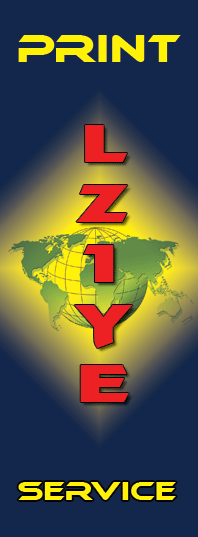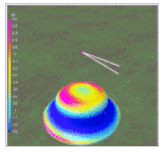

Antentop is FREE e-magazine devoted to Antennas and Amateur Radio an
Special page devoted to
The Three L-Antennas

Custom Search
|
ANTENTOP-
01- 2017, # 021 |
The Three L-Antennas |
|
|
|
|
|
|
|
|
Conclusions: |
There is a catch. Modeling
software lives in its own perfect little world inside the computer.
It works with the information given. The more sophisticated the
program and the user, the better the results. In the real world
we take guidance from the results but understand there will be
differences in materials, design, construction, support structures
and effects from near by things. 2. "The ARRL Antenna Book."
1974- 1997. 225 Main St., Newington, CT 06111 3.
Cebik, L. B., W4RNL,"Whips,
Tubes and Wires: Building a 10-Meter L Antenna." QST Dec.
1999 4.
Cebik, L. B., W4RNL,"The
L-Antenna." www.antennex.com/preview/Folder01/lant/lant.htm 5.
LaBarge, Craig, WB3GCK,"The
Up and Outer Antenna" www.qst.net/wb3gck/up_and_outer.htm
6.
Buddipole, Inc. 3028 SE 59th Ct.
#600, Hillsboro, OR 97123 7.
MFJ Enterprises, Inc., 300
Industrial Park Road, Starkville, MS 39759 8.
SteppIR Antennas,2112 116th
Ave. NE, #1-5, Bellevue, WA 98004 9. "The ARRL Antenna Book",
22nd edition, pg. 4.2.14 10. Free antenna modeling program by Arie Voors. www.qsl.net/4nec2/ |
|
|
|
73! de Dick Reid,
KK4OBI |
|
|
|
|
From Dick: If you are interested in what
happens to a radiation pattern if you bend a dipole into an L,
or a V, U... side-to-side, up-or-down... zig-zag, meander,
off-center, elevated radials, etc...
my QSL website about Bent Dipoles is
the place to go. www/qsl.net/kk4obi There
are over thirty variations on ways to put up a dipole in limited
space along with color 3D radiation patterns and details about
the change in radiation characteristics, gain/SWR/impedance/efficiency/resonant
length, etc. |
For
modelers the 4NEC2 software models are
provided for each type of bent antenna. This allows an antenna
model to be adjusted
to represent your specific situation. |
|
|
|
|
|
|
|
|
Page-19 |
|
||
 |
 |
|
 |
Just for Fun:

Powered byIP2Location.com
Thanks for your time!
Last Updated:
January 4, 2020 12:59






